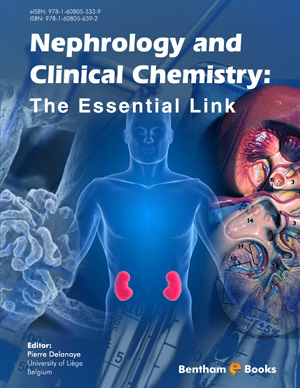Abstract
With the introduction of powerful calcineurin inhibitors in the 1980s, the occurrence of acute rejection has been dramatically decreased. Nowadays, the percentage of functioning graft one year posttransplantation is above 85%% Nevertheless, the rejection episodes still occur and even more severely than before. Degradation of kidney graft function is the striking event reflecting the ongoing process of kidney rejection. However, once serum creatinine or proteinuria starts to rise, chronic structural lesions are already present and it is usually too late for intervention. Moreover subclinical rejection can damage the allograft without affecting the kidney function. Therefore there is a clear need to identify biomarker before the detection of a degradation of the kidney function. Apart from the histological diagnosis that relies on the invasive biopsy, a need for less invasive and prognostic earlier biomarkers of acute and chronic rejection is needed. Accuracy and specificity of biomarkers, and their usefulness in prognosis or diagnosis of acute or chronic rejection will be discussed in this chapter.
Keywords: Kidney transplantation, rejection, gene expression






















